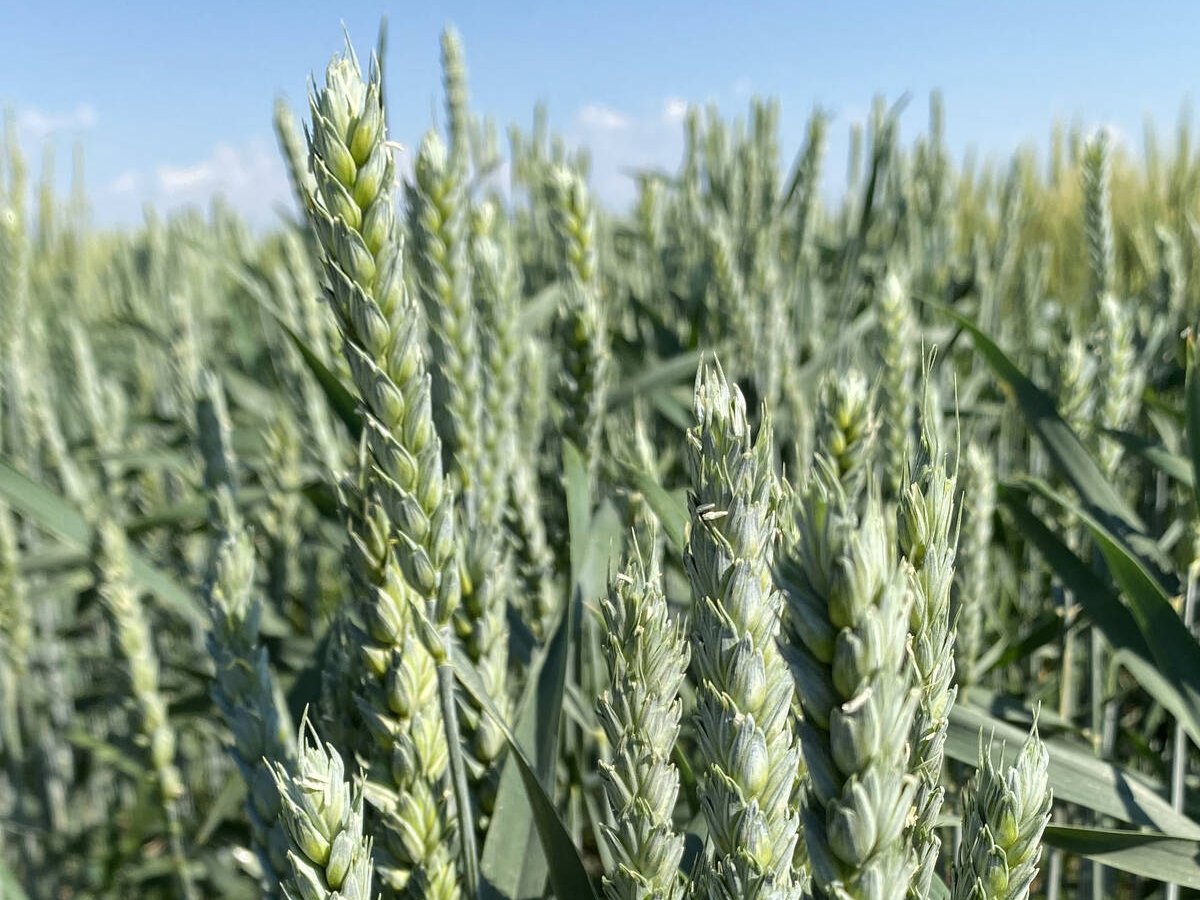LINDELL BEACH, B.C. – A big problem with trying to control insect infestations in stored grain is that the bugs can’t always be seen until it’s too late.
A new laboratory milling device called the insect-o-graph may leave these insects no place to hide.
Developed by U.S. Department of Agriculture scientists, the insect-o-graph works like a miniature milling machine with two rollers laid closely together.
It uses electrical conductance signals to monitor wheat samples that are crushed as they pass between the rollers.
Read Also

Discovery promises big wheat yield gain
University of Maryland researchers have discovered a gene that produces three grains per wheat floret instead of the usual one.
The machine normally records just a small amount of charge because the wheat is dry but if one of those wheat kernels contains an insect, the crushed bug will release its internal juices and cause an electrical short between the rollers.
Computer software monitors the amount of electricity flowing from one roller to the other and counts the number of insects in a kilogram sample.
Tracking insect infestations in stored grain is essential, said Tom Pearson, an engineer with the USDA’s Agricultural Research Service who helped develop the device.
The annual economic loss from infected grain is in the millions of dollars, and Pearson said there several reasons for that.
“One is the loss of grain consumed by insects and another is the lowered quality and lower grade of the wheat,” he said.
“Then there’s the loss from the costs of monitoring and, if necessary, fumigating. The best is cold air, but even with that you have to run your blowers and get cold air moving through the storage facility.”
Pearson said insect infestations may be a general indication of the standard of sanitation in the grain storage facility.
There could also be other issues such as fungus.
Pearson said grain companies should test a kilogram of grain, or 30,000 kernels, before trucks or rail cars are unloaded.
The insect-o-graph can detect low levels of infestations such as five to 10 infected seeds out of thousands of healthy kernels. The test takes one minute to perform.
The machine costs $15,000 U.S. and is available in the United States and Canada.
More about the lesser grain borer
•It is one of the most damaging of beetles and attacks a wide range of stored grain, including wheat, barley, sorghum, rice, seeds, dried fruit.
•It also attacks commodities such as cork, wood and paper products.
•The insect feeds on the germ and endosperm from larvae to adult life stages, reducing wheat kernels to dust or shells of bran.
•The Canadian Grain Commission says evidence of a colony
infestation includes large amounts of flour, tunnels, holes and a sweet smell in the grain.
•Winged adults are mobile and can spread infestation.
•It is barely three millimetres long when adult but is prolific. While normal development takes around 58 days, it can grow from egg to adult in just 25 days in temperatures higher than 33 C and humidity of 50 to 60 percent.














